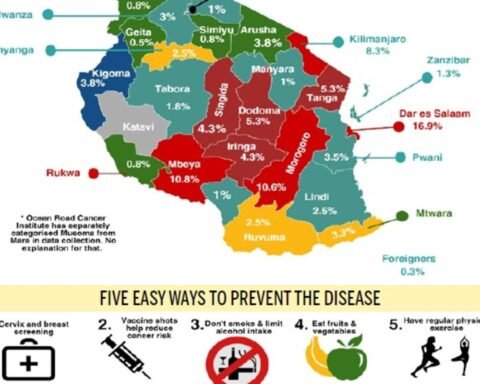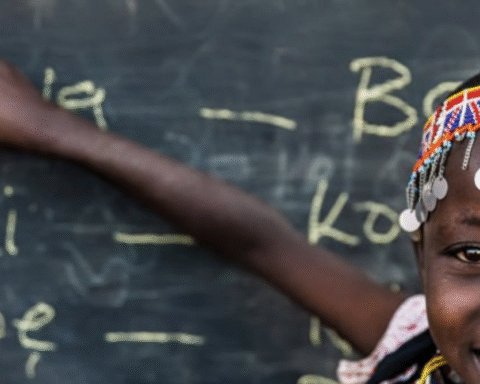In what is being called one of the deadliest aviation disasters of the 21st century, a Boeing 787 Dreamliner crashed into a densely populated residential area shortly after takeoff from Sardar Vallabhbhai Patel International Airport in Ahmedabad, India.
The flight was heading to Gatwick Airport in London, United Kingdom, with 242 people on board.
According to local police, 279 bodies have now been recovered from the crash site—including 241 passengers and crew as well as 38 people on the ground. The plane reportedly struck a student hostel affiliated with a local medical college, igniting a fire that spread quickly through nearby buildings.
A Sole Survivor, Many Grieving
Miraculously, one individual—a passenger seated near an emergency exit—survived. The person, whose name has not been released, is being treated in hospital and is said to be in stable condition.
Rescue workers and forensic teams are still working tirelessly to retrieve human remains. DNA testing and dental identification are being used due to the severity of burns on many of the victims.
Families, friends, and entire communities are in mourning. At civil hospitals, scenes of grief are unfolding as relatives await confirmation of the identities of their loved ones.
Black Box Found, Investigation Underway
Officials confirmed that one of the plane’s black boxes, the Flight Data Recorder (FDR), was retrieved from the roof of the damaged hostel. The search continues for the second device, the Cockpit Voice Recorder (CVR), which will provide audio recordings of the final minutes in the cockpit.
A mayday call was issued by the pilot less than one minute after takeoff. The plane had reportedly reached only 650 feet in altitude before it began to lose power and plunged toward the city.
The Directorate General of Civil Aviation (DGCA) is leading the investigation, supported by experts from the National Transportation Safety Board (NTSB), the Air Accidents Investigation Branch (AAIB), and engineers from Boeing.
Aircraft Type and Safety Checks
The aircraft involved was a Boeing 787-8, part of a newer generation of long-haul, wide-body jets introduced in the 2010s. The engines were GEnx turbofans made by GE Aerospace.
Also Read; Ahmedabad Air Disaster Claims 265 Lives, Modi Mourns
While no blanket grounding has been issued, the DGCA has instructed urgent inspections of all Dreamliners operating in India, including those used by national and low-cost carriers. This move mirrors past global actions, such as those following the Boeing 737 MAX grounding in 2019.
Scenes of Horror and Humanity
Eyewitnesses reported a deafening explosion as the plane crashed. “There was fire, screaming—people running everywhere,” said a local resident who witnessed the crash from his rooftop. The hostel housed over 90 medical students, many of whom were injured or killed.
Emergency response teams, fire brigades, and military personnel have been praised for their quick action. The Indian Prime Minister visited the site to offer condolences and promised financial and logistical support to the victims’ families.
Global Reactions and Market Impact
This disaster marks the deadliest crash involving a Dreamliner and the worst aviation accident in India since the 1996 Charkhi Dadri mid-air collision.
Boeing’s stock plummeted in early trading following the crash, while GE Aerospace also saw a sharp decline in value. Both companies have suspended public appearances and are focused on cooperating with investigators.
As the world waits for answers, many are left asking how such a modern aircraft, on a routine international flight, could end in such devastation. A preliminary report is expected in the coming weeks, but full clarity could take months.







